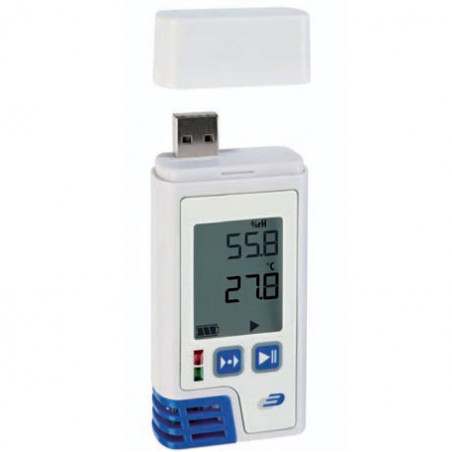Swine productivity, reproductivity, and well-being are reduced during periods of high temperature and the most commonly used cooling method, evaporative cooling, is not very effective under high humidity conditions. Conductive cooling pads made from pipes with cool water passing through them have the potential to cool swine under both high temperature and high humidity conditions. A study was conducted to determine some responses of gilts to conductive cooling pads under heat stress conditions. Conductive cooling pads 15 cm wide by 127 cm long were made from 13 mm diameter copper pipe and were fastened to the slatted flooring of a standard sow stall. The size and placement of the pads was such that the gilts could lie on them completely, lie on them partially, or avoid contact with them. Cool water (18⁰C) was pumped through one of the pads at a flow rate of 4 L min-1 for the treatment gilts and the control gilts had no water flowing though the cool pads. Each gilt was acclimated to thermoneutral conditions (16⁰C), and then placed in the stall in a convective indirect calorimeter under heat stress conditions (35⁰C).
The animal’s total heat production, respiration rate, and moisture production were determined. Results show that during the heat stress periods, the conductive cooling pads reduced the gilt’s heat production by around 10%, moisture production by 34%, and respiration rate by 22%. In most cases, the cool pads significantly reduced the onset of panting.

Gerald Riskowski, Christopher S. Shaffer, Paul C. Harrison. Effect of conductive cooling pads on heat and moisture production of gilts in hot and thermoneutral environments. CIGR. Vol. 19, Nº 4 (2017). http://www.cigrjournal.org





